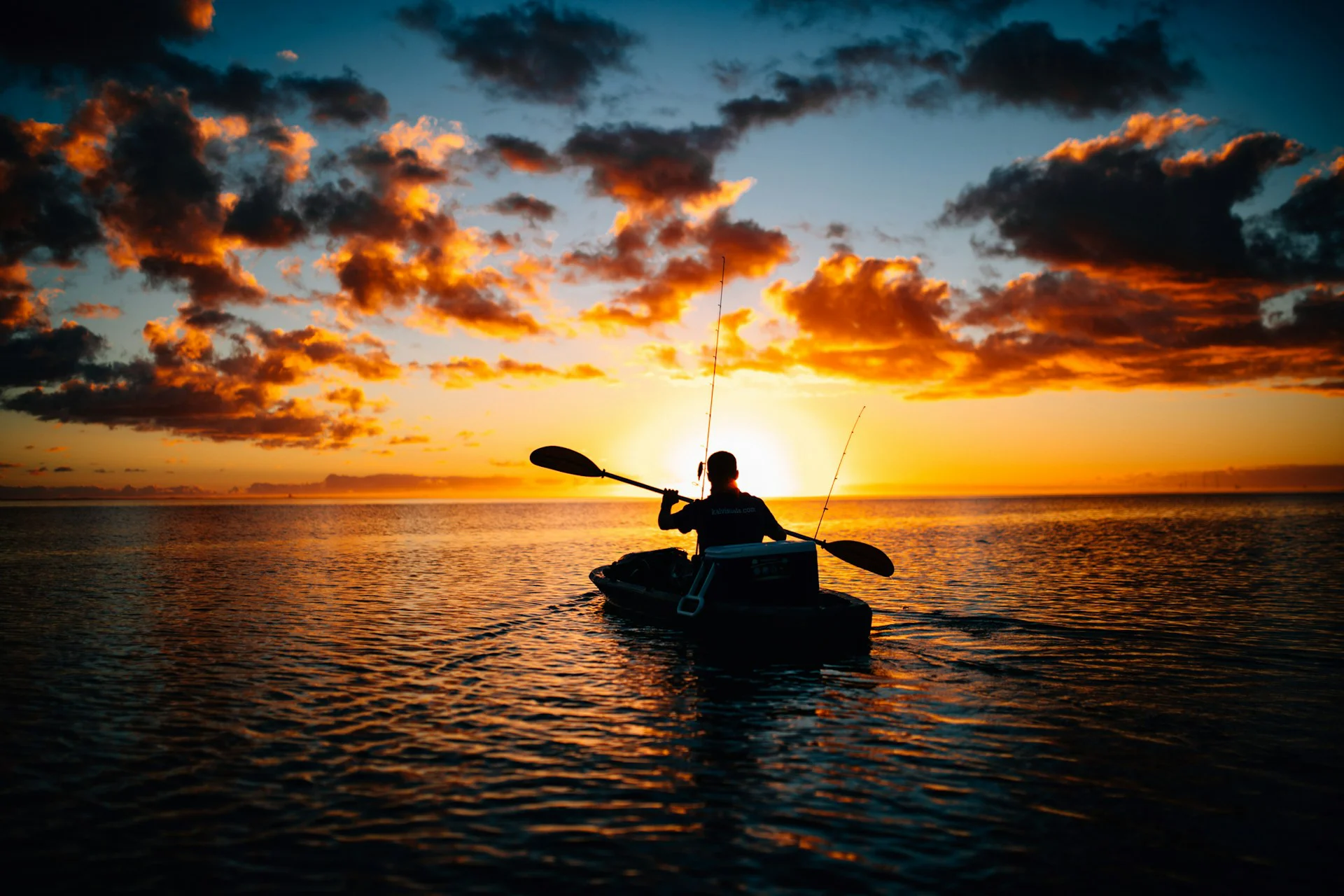
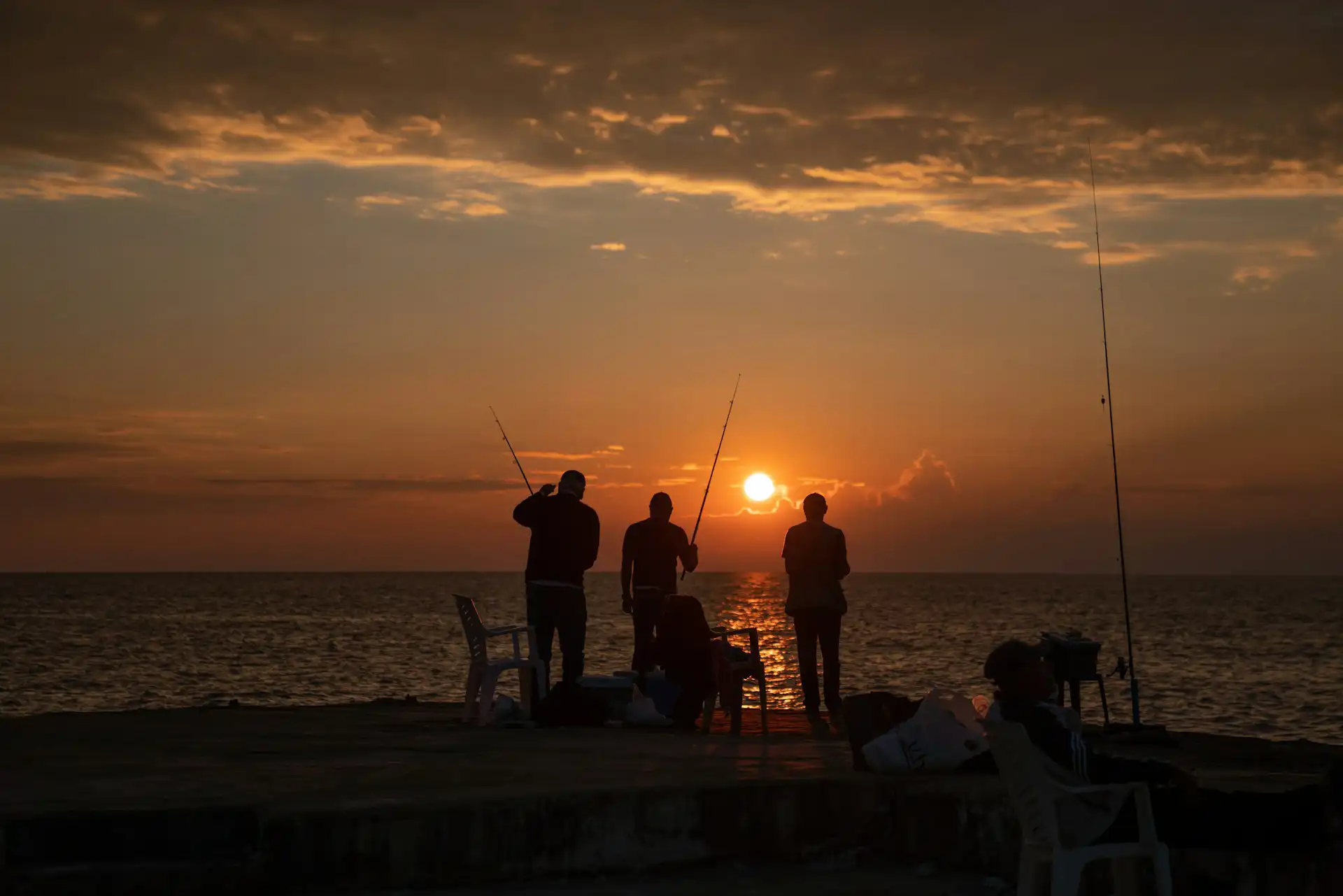
Western Australia’s vast coastline offers some of the best beach-fishing opportunities in the world. From the rugged shores of the South Coast to the wide sandy beaches of the Northwest, beach anglers can target tailor, mulloway, whiting and more. Timing your session with the right tides—and knowing where to find productive gutters—can make all the difference. Whether you’re wading into the surf at dawn or casting into rolling beach breaks at sunset, WA’s beaches deliver unforgettable fishing adventures.
Western Australia’s coastline stretches over 12,000 kilometres, offering an incredible diversity of beach-fishing experiences. From calm, sheltered bays to wild surf beaches, anglers have endless options depending on the season and target species. WA’s relatively low population density outside Perth means many beaches remain untouched and uncrowded, providing perfect conditions for shore-based anglers. Whether you’re chasing a feed of whiting or battling a powerful mulloway, WA’s beaches deliver both accessibility and adventure.
What makes WA stand out is the sheer variety:
Western Australia’s coastline is divided into distinct regions, each offering unique beach-fishing experiences. Whether you’re after an easy day-trip close to Perth or a remote adventure in the north, you’ll find beaches suited to your experience level, target species and fishing style. Here’s a breakdown of the best beach-fishing regions across WA — and what to expect at each.
The remote beaches of WA’s northwest offer incredible fishing opportunities for threadfin salmon, queenfish and giant trevally. Broome’s Cable Beach and the long stretches of Eighty Mile Beach are ideal for targeting species that thrive in warm tropical waters.
Beach fishing around Perth is accessible and productive. Locations like Cottesloe Beach, Trigg Beach and Secret Harbour offer excellent chances for tailor, herring, flathead and sand whiting — all within easy driving distance of the city.
The beaches of the South West offer sheltered waters and consistent fishing for species like yellowfin whiting, sand whiting and herring. Long stretches of sand near Bunbury and Busselton are perfect for relaxed family fishing sessions.
Beach fishing along WA’s coastline is accessible and rewarding — but it still requires the right gear and a solid understanding of local conditions. From steep drop-offs to powerful rips and high UV, good preparation helps ensure both a productive and safe session.
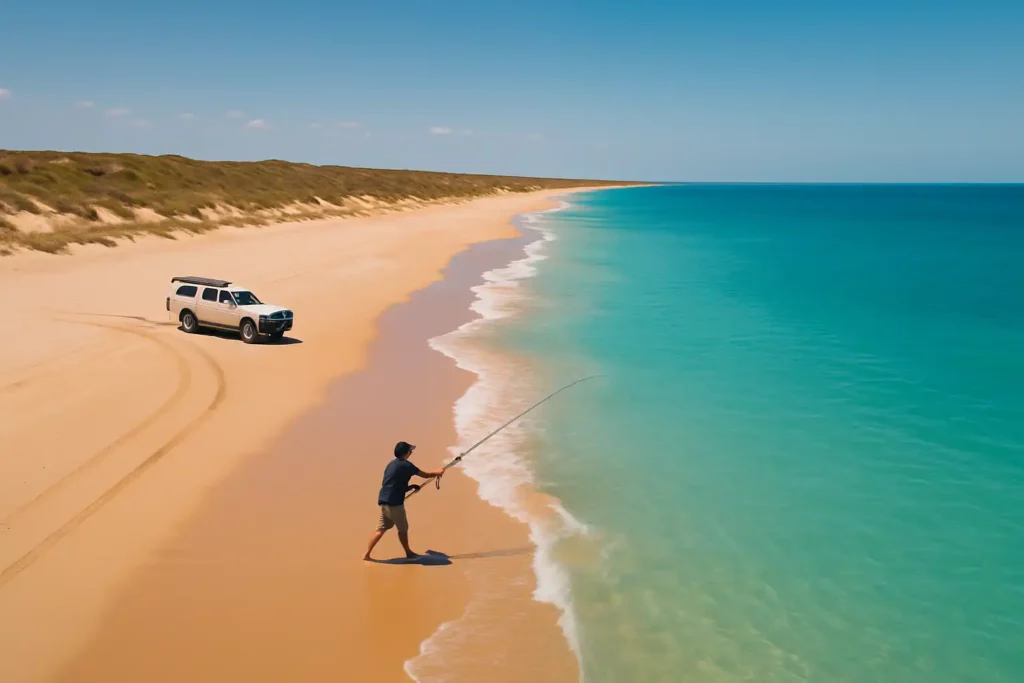
Fish the last two hours of the rising tide and the first of the run-out. This window often pushes baitfish into gutters, attracting predators like tailor, salmon and mulloway. Focus your casts around visible structure such as sandbanks, drop-offs or foamy gutters for best results.
Even experienced kayak anglers can be caught off guard by Western Australia’s unique conditions. These tips will help you fish smarter, safer, and more successfully across the coast.
Winds often strengthen dramatically after mid-morning, especially in summer. If it’s breezy at sunrise, expect it to double by midday — always plan your return accordingly.
Rising tides push baitfish closer to accessible structure. Aim to fish the final two hours of the rising tide for the most consistent action.
If you haven’t had bites within 20–30 minutes, move. Watch for current lines, bait flickers, or feeding birds — these subtle signs often point to active fish.
Even calm days can produce dangerous offshore swells. Paddle into the wind and swell first, so you have an easier ride home if conditions worsen.
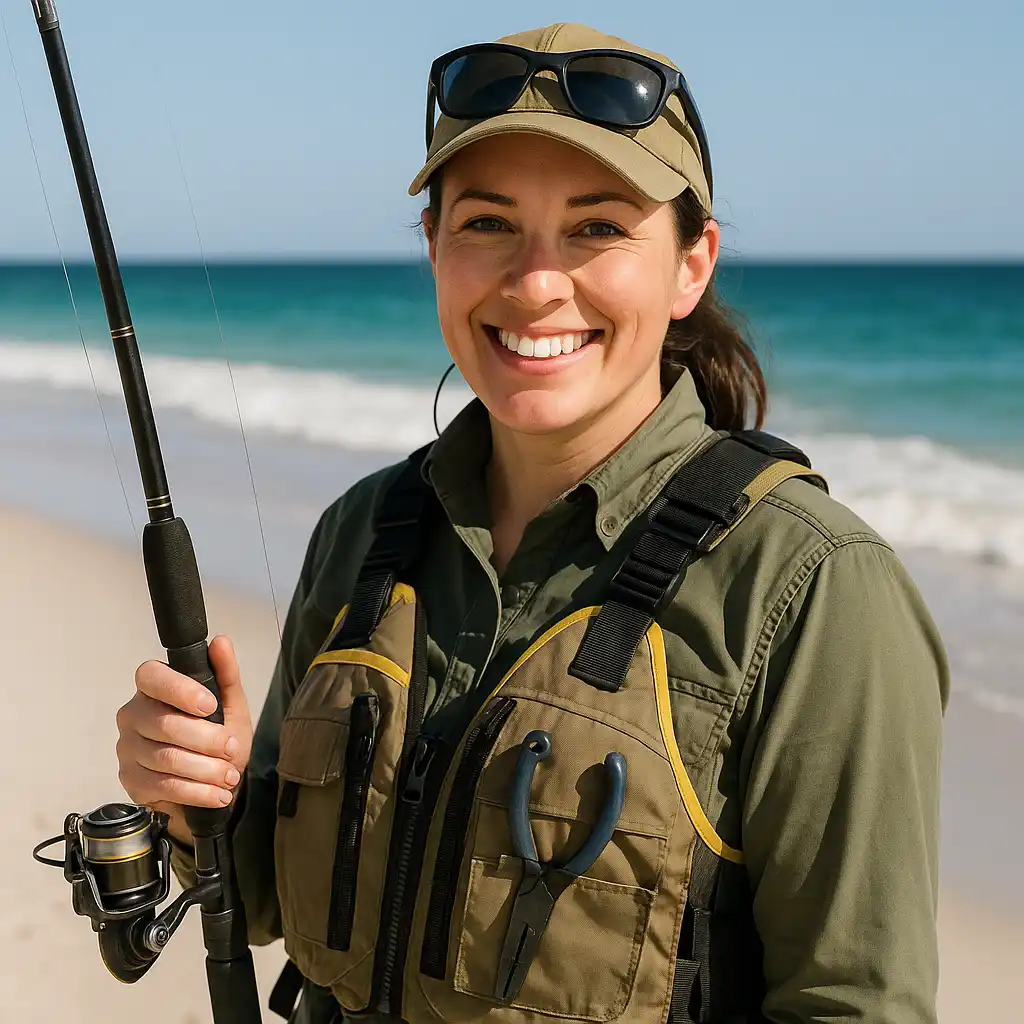
In WA, conditions change fast: Always leave yourself a physical and energy reserve for the paddle home — it’s better to return early and safe than push your luck against rising winds, tides, or swell.




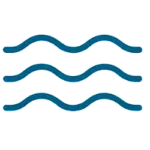


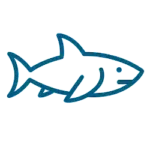


Affiliate Disclosure: We are a participant in the Amazon Services LLC Associates Program, an affiliate advertising program designed to provide a means for sites to earn advertising fees by linking to Amazon.com. As an Amazon Associate, We earn from qualifying purchases. Your support helps us keep this site running—thank you!